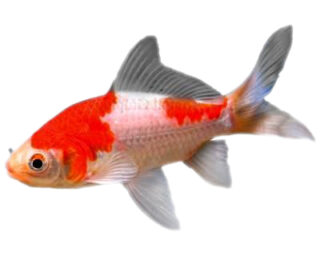Maintenance October
Leaf removal
The plants in the pond have finished flowering, the leaves are discoloring and dying. The trees and bushes in the garden are also shedding more and more leaves. It is time to remove as many dead leaves and other organic material from the pond as possible. A pond net with an extendable handle is useful for removing the autumn leaves from the pond from a considerable distance. This prevents the debris from sinking to the bottom and forming a thick layer of silt.
Pond silt is a food source for algae in the spring. Fortunately, you do not have to go to great lengths to get rid of it. Sprinkle a dose of Bio-Oxydator into the pond to break down pond silt and prevent soil acidification. Repeat the dosage 14 days later and you will prevent any new silt build-up.
Installing a cover net
Prevent falling leaves and twigs from polluting the pond again, because the less nutrients, the less chance there is of algae in the spring. By stretching a cover net over the pond, you can easily keep the autumn leaves out of the pond. Cover nets are available in various sizes so that there is a suitable net for every pond. Fastening pins are included.
TIP
Now that the heron’s food supply is dwindling, pond fish are easy prey. With a fine-meshed net over the pond, the fish are protected from the hungry herons!
Create a wadi
We are experiencing more and more extremely hot summers and prolonged droughts, interspersed with very heavy rain and thunderstorms. These weather conditions can be disastrous for the garden. But you can help nature by collecting and infiltrating rainwater. With a wadi, you create a marshy area in the garden. This is good for the soil and promotes biodiversity.
- Dig a shallow hole in a lower (wet) part of your garden.
- Cover the bottom with substrate and cover with pond gravel.
- Decorate with bog plants.
TIP
Spoil your fish on 4 October, as it is Animal Day. The food intake decreases with lower temperatures, but feeding water flies or silkworms is a responsible feast for your fish!

